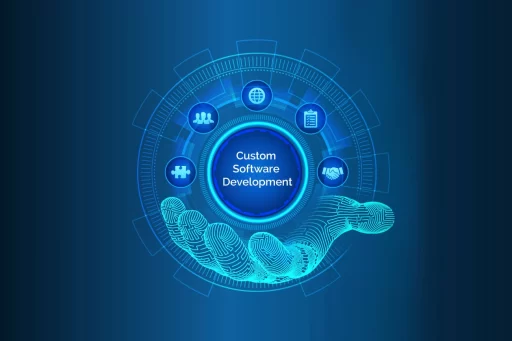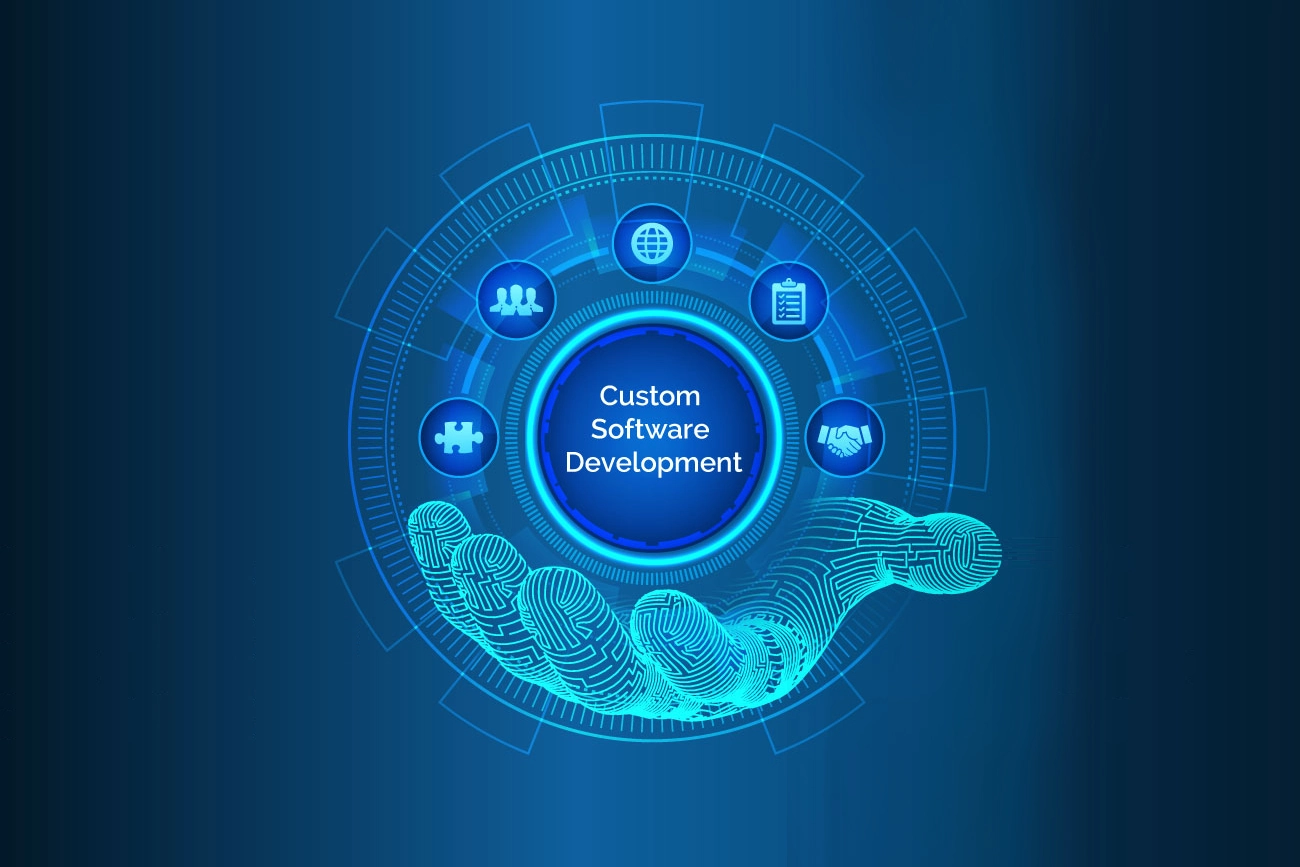In today’s technology-driven world, the role of software in streamlining processes and driving innovation is undeniable. For businesses aiming to achieve a seamless fit with their tech needs, opting for custom-developed software over off-the-shelf solutions is the way forward. Tailored specifically for your organization, custom software ensures precision alignment with your unique goals, leading to greater efficiency and a competitive edge. This guide will walk you through the essential stages of crafting bespoke software, highlighting the steps necessary to achieve a perfect fit for your business.
Understanding Custom Software Development
Custom software development involves designing, creating, testing, and maintaining software tailored to a specific set of users, functions, or organizations. Unlike commercial off-the-shelf software (COTS), which serves a broad audience with generic features, custom software is built to meet the precise needs of its users. Imagine fine-tuning your business operations with a tool designed just for you—this is the promise of custom software. It addresses specific challenges, enhances workflows, and offers exclusive features that set you apart from the competition. Moreover, its flexibility allows your business to scale and adapt swiftly to changing market conditions, avoiding the limitations of outdated software.
Identifying Business Requirements
The foundation of successful custom software development lies in a thorough understanding of your business’s needs. Begin by identifying the major pain points that the software should address and outline a clear vision for success. Engage stakeholders from various departments early in the process to ensure a comprehensive approach that considers multiple perspectives and requirements.
Feasibility Study
With a clear set of requirements in hand, the next step is to evaluate the technical and financial viability of the proposed solution. This involves estimating the costs, identifying potential challenges, and balancing technological capabilities with budget constraints and expected benefits. By addressing these factors upfront, you pave the way for a smoother development process, making informed decisions that mitigate risks.
Selecting a Custom Software Development Partner
Choosing the right development partner is crucial. Conduct thorough research on potential companies, examining their portfolios, client testimonials, and alignment with your business goals. Your ideal partner should understand the nuances of your industry and share your vision for success. This synergy ensures that the development process is collaborative and effective, leading to mutual achievements.
Planning and Design
Effective planning sets the tone for a successful project. Develop a detailed project roadmap that includes timelines, resource allocation, and budget considerations. Design plays a critical role in this phase, focusing on user interface (UI) and user experience (UX) to ensure the software meets user needs. A well-thought-out design not only enhances usability but also drives user adoption and satisfaction.
Prototyping
Prototyping translates your ideas into tangible models that can be tested and refined before full-scale development. It allows stakeholders to interact with the software early on, providing valuable feedback that can be incorporated into the final design. This iterative process helps identify and resolve potential issues, saving time and resources in the long run.
Software Development
With the prototype and design finalized, the core phase of development begins. Developers work on building the software, integrating various systems, and establishing the backend infrastructure. Collaboration among developers, designers, and decision-makers is essential to ensure the software aligns with the initial vision. Utilizing project management methodologies like Agile or Scrum promotes adaptability and continuous improvement through iterative development and feedback loops.
Testing
Testing is a critical step to ensure the software is robust, user-friendly, and secure. This phase involves various types of testing, including functional, usability, security, and performance testing. The goal is to identify and fix any bugs or issues before the software is deployed. Thorough quality assurance processes ensure the software meets high standards and is ready for launch.
Deployment
Deployment marks the transition of the software from development to production. A well-planned deployment strategy, often involving a phased or staged approach, ensures a smooth rollout. This phase also includes user training to facilitate adoption and post-deployment monitoring to address any immediate issues that arise.
Maintenance and Updates
After launch, the software enters a phase of ongoing maintenance and updates. This includes fixing any bugs that were not detected during testing, addressing new issues, and adding features based on user feedback and evolving business needs. Planning for scalability from the outset ensures that the software can grow with your business, accommodating future demands without major overhauls.
Conclusion
Custom software development is like piecing together a complex puzzle, requiring meticulous planning and execution from start to finish. By following this structured approach, your business can create a software solution tailored to its specific needs, addressing current challenges and paving the way for future growth. Partnering with a skilled development company that understands your vision and goals can make a significant difference, transforming innovative ideas into practical steps toward success in the digital era. Embrace custom software development to unlock new levels of efficiency, innovation, and competitive advantage for your business.


